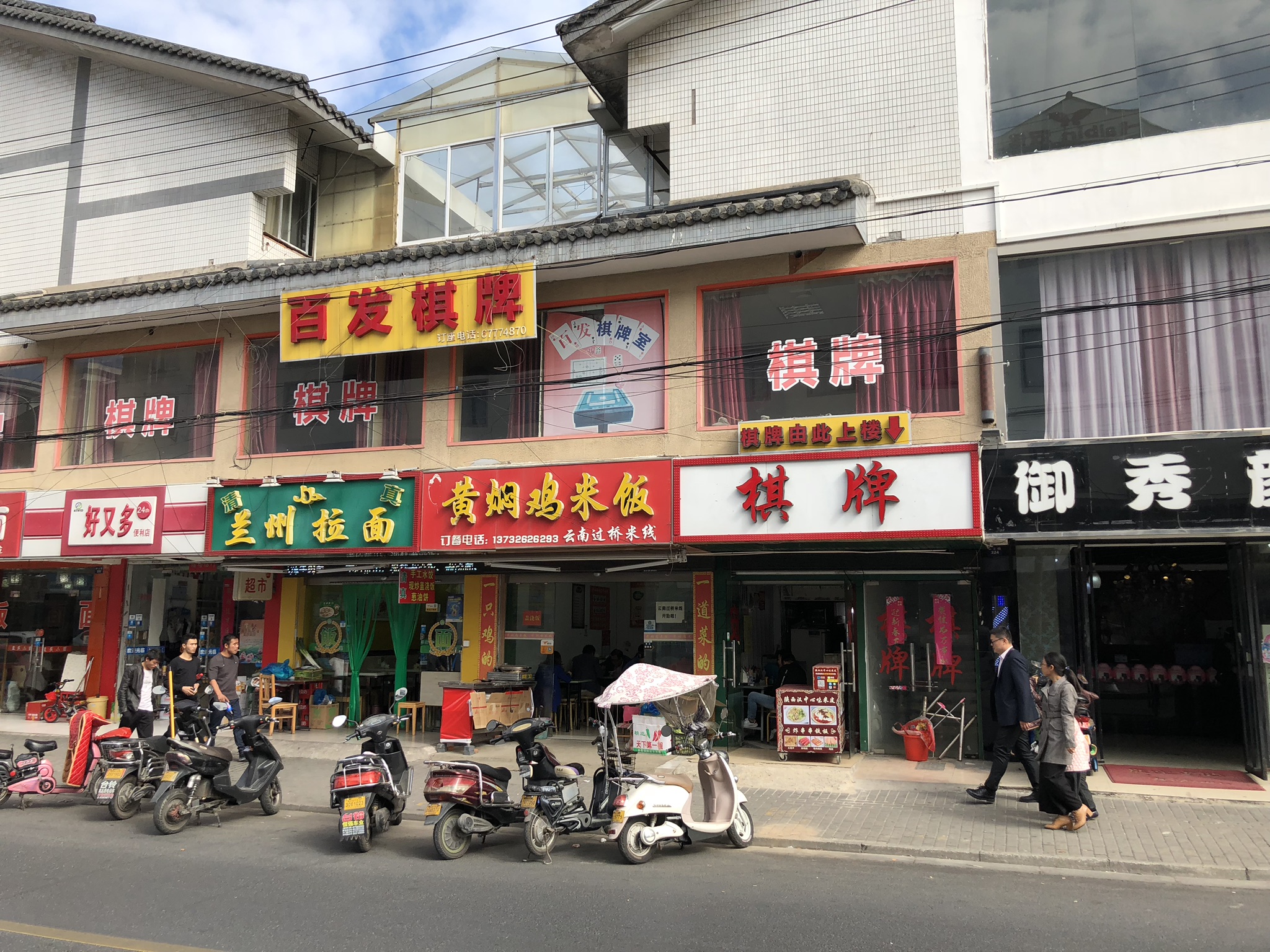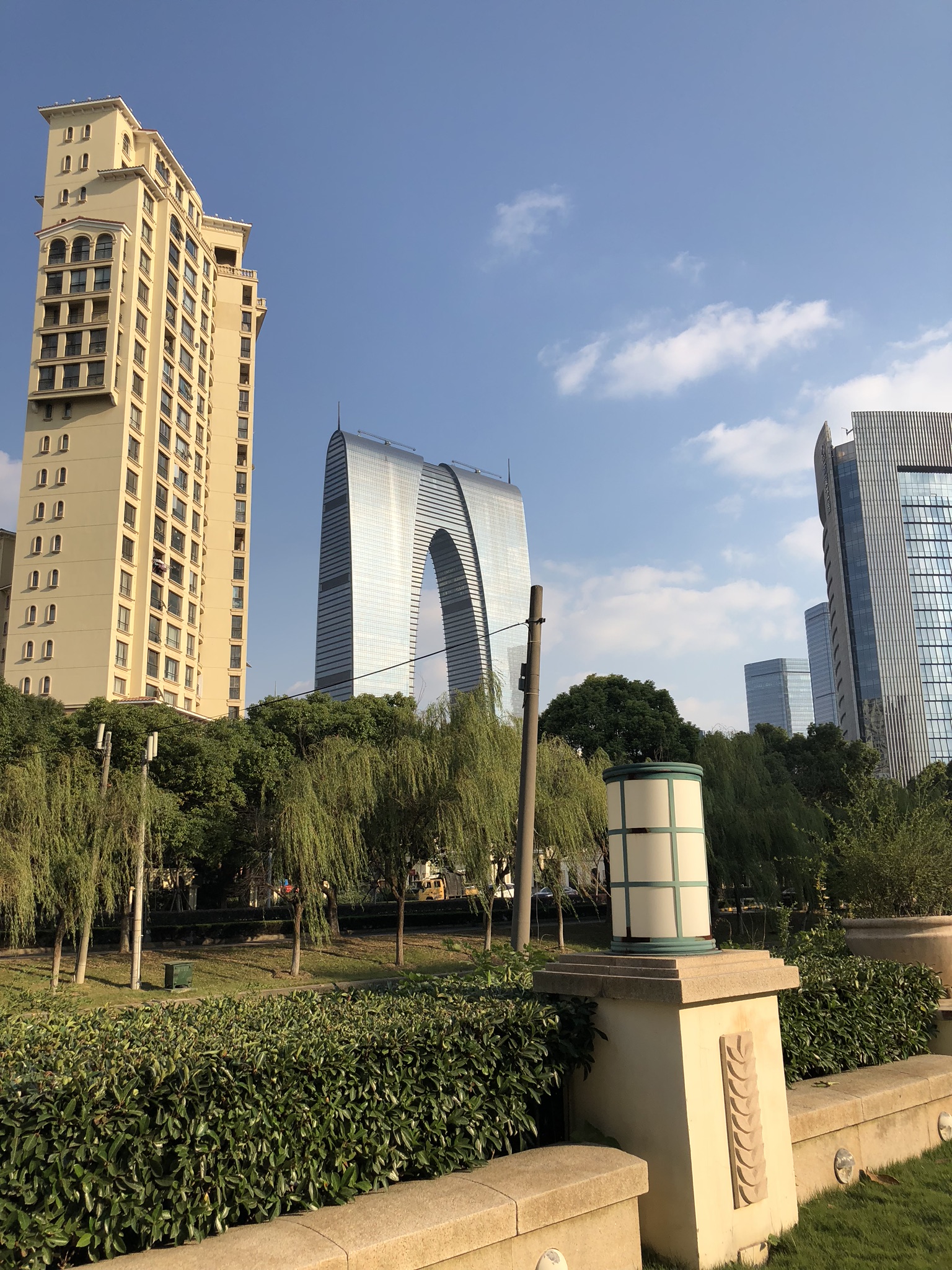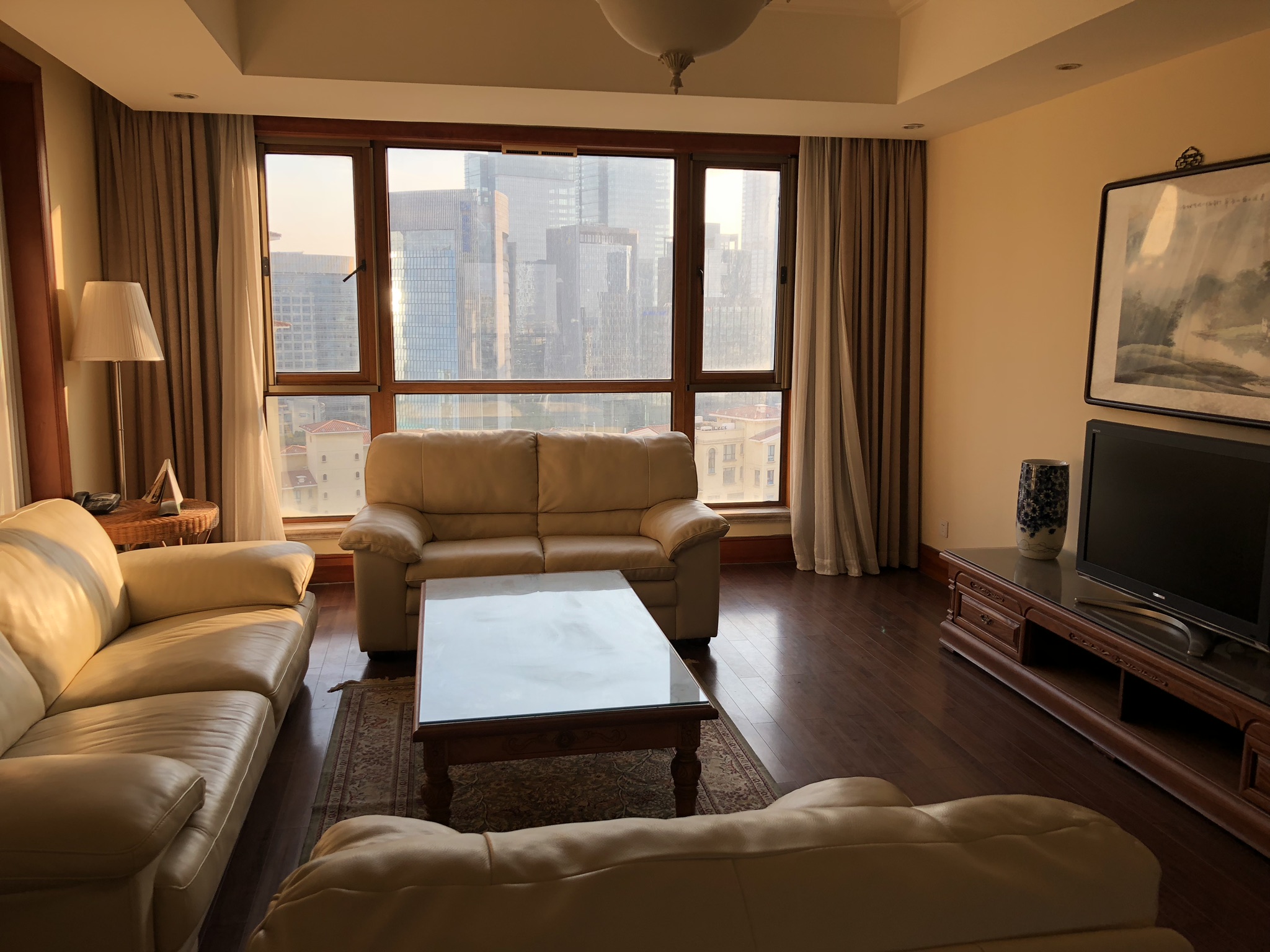On the Housing Market in Suzhou
A few weeks ago, I was in Suzhou, China visiting my in-laws. In addition to enjoying hairy crab and travel by high speed trains, I also enjoyed exploring the housing market in Suzhou.
What is Suzhou?
Before I discuss the housing market, it's worth saying a few words on Suzhou. Suzhou is an ancient city with more than 3,000 years of history. Suzhou has long been one of the wealthier cities in China because of its skilled silk artisans and well-constructed canals. Today, Suzhou's diversified economy is primarily based on precision manufacturing, including electronic equipment, iron, steel, silk textiles. More recently, Suzhou's become a key city for biotechnology research and development as well as leading edge computer engineering, Apple, Huawei and Microsoft all have research and development centers. These research centers are supported by several prominent local universities and other foreign universities are building branches here as well. Suzhou has a population of more than 11 million and continues to see strong population inflows. In addition to its population size, it also has the benefit of being 25 minutes from Shanghai by high speed train (¥39.5/$5.99 for a one way ticket). Suzhou people familiar with the US often compare Suzhou to Boston and those familiar with Japan often compare Suzhou to Osaka.
Housing Market Overview
Suzhou's economic development began with the Gusu District (#1, Purple Ring). Gusu is housed within the ancient city and surrounded by a moat. Gusu consists of homes built 15-25 years ago. These apartments are older, generally lack elevators, heating systems, insulation and garden areas. These homes were built during a period when China was less focused on quality of life and more focused on meeting essential needs. The Gusu District has high population density, high walkability and has more of the old China feel. Building height restrictions make it illegal to build buildings much taller than 6 stories. There is no more greenfield land in Gusu and thus the city has expanded eastward.
Gusu District
Suzhou University is located in East Gusu at location #2. This area feels much newer and taller (height restrictions relaxed) but building areas lack the large enclosed gardens seen elsewhere in the city. This area has homes built 5-15 years ago and has modern high rise apartment buildings, high population density and walkability. The interiors of these homes tend to be comfortable and similar to US standards, though likely without granite countertops.
As the city expanded eastward, we move to the Gongyeyuan District (#3 and #4, Orange Ring). The Gongyeyuan District resembles the Boston financial District and was built 5-10 years ago. Suzhou's iconic sky scrapper popularly known as "The Big Pants Building" is located here (see below). This area also houses the first built modern apartment gardens (tall apartment buildings surrounded by enclosed gardens). The area is slightly less walkable than Gusu because it is less dense. The area is popular with foreigners and houses many of Suzhou's bars, clubs, posh restaurants, the financial services industry and corporate headquarters.
Suzhou's development continues in Gongyeyuan District to the south across locations 5 through 8 (Black Ring). These housing developments are presently under construction. Homes here are luxury to ultra-luxury by US standards and have large enclosed gardens and are surrounded by schools and hospitals. These apartments have amenities ranging from heated floors to in-apartment elevator access. Homes here remind me of the pre-2008 US suburb build out. Going into a sales office at one of these complexes feels like going to a fine restaurant. Attractive young sales agents offering tea and coffee will guide you around immaculate grounds and model homes. The only problem that I see with these homes is their locations. While #5 through #8 are located on subway lines, they structurally lack walkability because they've been designed to be lower density areas. These apartment complexes are surrounded by wide multi-lane highways and it seems unlikely that you could live here without constantly relying on a car.
Home Prices
Based on what I've told you so far, if you had to rank the homes in these locations from most expensive to least expensive, how would you're rankings look?
My guess: 3, 2, 4, 1, 5, 8, 6, 7
I based this guess on the hypothesis that the most important determinant in home price is location. As the old saying goes, there are three rules of real estate, location, location, location. In most global cities, the price per square foot tends to be higher in the most dense areas that tend to have the most amenities. In general, as you move further from the city core, prices decline. Nearly all of my guesses though were wrong.
The chart below describes the real estate prices in both SQM and SQF for each of the eight locations.
* The minimum size home in this location was ~200 SQM.
My hypothesis, that location (high density and walkability) would be the primary determinant of home prices, appears to be false.
In particular, locations 5 and 6 being more expensive than location 2 really surprised me. The way I see it, parts of Suzhou that are currently greenfield and even when completed will be relatively suburban areas are currently trading for more than the high density, high convenience, fully developed city core…
I discussed this pricing difference with my in-laws and they were less surprised than me. They explained that Chinese people have a strong proclivity toward buying new homes and their desire to raise their kids in a more park like environment may explain some of this demand. I countered to them that the "new" homes built in 2017 are not much newer than the homes that were built in 2009-2015 in locations 2, 3 or 4. To their point, the desire to move into new homes likely explains why the significantly lower quality 15-25 year old homes in location 1 trade for less than their location might suggest.
Overall, I worry that there are a lot of people buying large luxurious homes in lower density, suburban like areas that are probably expecting rapid home price appreciation. We saw this story play out in the US prior to the crisis and a lot of people lost money. Consider these videos from location 5 and ask yourself if this isn't a sign of real estate excess?
How could we make the basement to this property even more excessive?
While it is the case that the city core is older and less shiny than it once was, its location is unlikely to depreciate. If you can find a property with a source of endogenous demand, say near a financial center or a university, even better. Unfortunately, I expect there to be a lot of disappointed suburbanites in Suzhou over the coming years. Even if their real estate valuations appreciate significantly, is it worth sitting in a traffic jam every day on your way to work?
One sentence summary: in Suzhou, density may be under-appreciated and under-priced.




